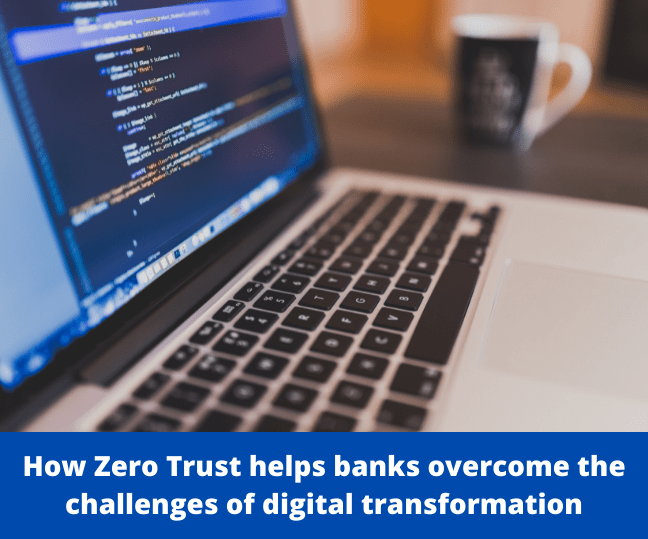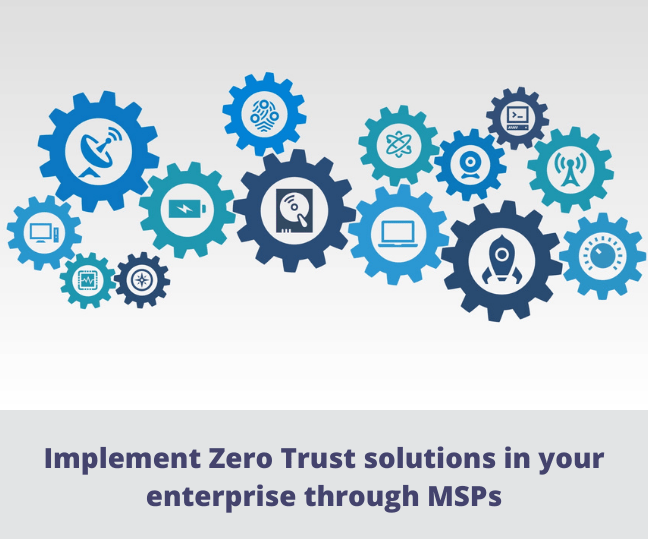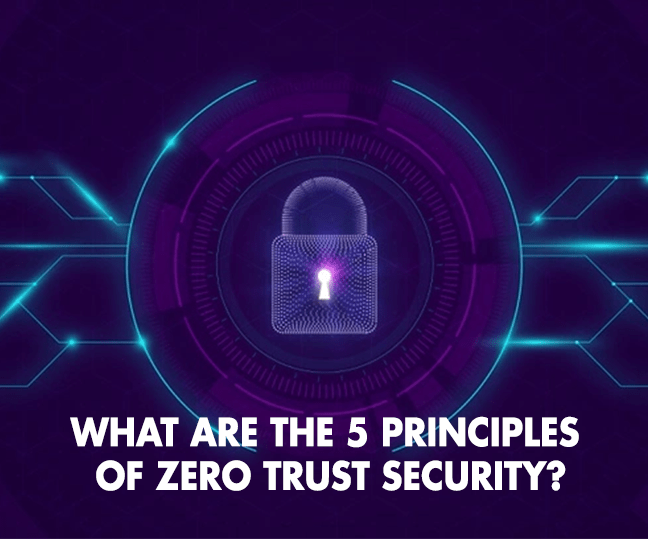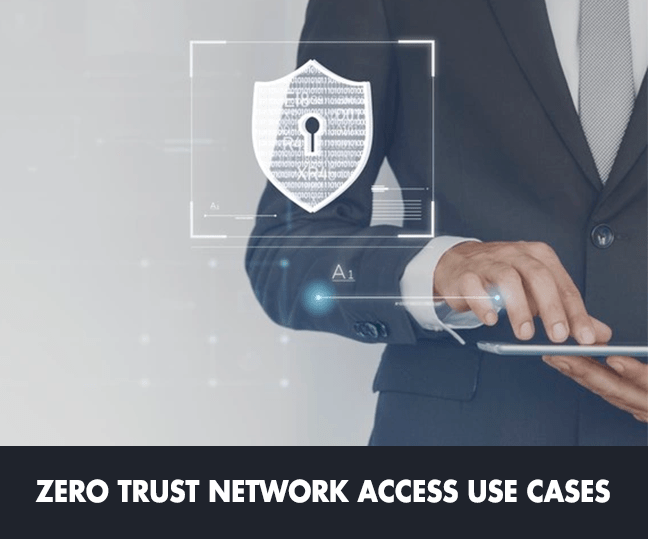Zero Trust is a holistic approach to cybersecurity that emphasizes verification rather than trusting users. The financial sector has always been rife with security threats and a common target for cybercriminals. Enterprises handling financial data are subject to more security protocols and scrutiny from several angles, including governments, regulatory bodies, and customers. The pandemic has accelerated the need for enterprises in the financial sector to move towards digital transformation.
It often presents multiple challenges as enterprises need to assure their stakeholders and customers that their sensitive financial data is safe and secure. Zero Trust security is growing as a comprehensive solution to implement effective security with several benefits that offer the most up-to-date measures against threat agents. This article explores the challenges faced in digital transformation in the banking industry and how ZeroTrust can overcome them.
Increasing remote work capabilities
The unforeseen events of the Covid-19 pandemic have necessitated the need for several enterprises to implement strict work-from-home policies. This new working model presented a difficult challenge where enterprises had to implement effective digital strategies while ensuring stringent security measures. The shift from on-premises work to work that could be done from anywhere created several gaps that threat agents could exploit. Robust corporate networks in banking systems had to adapt to being accessed by different devices from different locations, exposing security flaws that revealed a greater surface area for unauthorized users to attack.
The ZeroTrust model is an effective way to close the gaps in remote work capabilities. Since the emphasis is on strict verification instead of trust, it is possible to create secure tunnels between authorized users and tasks without compromising the entire network. ZeroTrust takes a 360-degree view of a corporate network that includes people, devices, and workloads. Users who have login credentials do not have access to the entire network. Instead, there is strict verification for every task a user has to conduct within the network. By creating more transparency and accountability and offering a fluid approach to security, enterprises ensure the safety of their networks across devices and locations that can keep up with changing landscapes.
Updating legacy systems for today’s world
The banking and financial sectors largely rely on legacy systems that have operated across generations. These systems have served well in the past but have become obsolete in terms of security today. The advancement of technology and resources used by threat agents are growing at a prolific pace without any signs of slowing down. To keep up with the ever-evolving threats, enterprises must adapt to counter these attacks. Solely relying on legacy systems hinder digital transformation efforts.
Zero Trust moves away from the conventional mainframe approach to provide a new IT architecture based on a least-privileged access model. This approach requires granting access at the smallest level and allows dynamic verification. More often than not, older legacy systems don’t offer the architecture needed for ZeroTrust. Implementing a shift towards a more comprehensive security solution requires enterprises to re-evaluate their systems and architecture and overhaul outdated architecture, which may be a challenge. However, ZeroTrust can create new cloud-based architecture that can be leveraged to stay protected against modern threat agents.

Compromised data and breaches
Data is the metaphorical gold within the network’s safehold. Financial enterprises are easy targets because cybercriminals seek access to financial data to leverage in multiple different ways. Protecting sensitive data is the primary aim of security protocols. Data breaches can be devastating for an enterprise’s reputation in the financial sector.
A fundamental component of the Zerotrust model is mapping data cycles and monitoring how users access and interact with sensitive information. Knowing who has access to data and implementing protection measures can greatly reduce the risk of exposing data to unauthorized users.
Integration and management
Enterprises in the financial industry often have several different components in technologies, systems, supply chains, and endpoint devices. Each of these elements serves its functions, and it can become tough to monitor which applications are in use, which devices are used and how the system traffic flows.
Zero Trust aims to shift to an integrated system where all of the different components within a banking enterprise can be monitored. It can also include a hybrid model where traditional processes and bank applications can continue to run on an on-premises architecture. And new processes can be provided securely through the cloud. A successful digital transformation through a ZeroTrust model requires that your systems be managed effectively, including configuration and new installations.
Conclusion
As we move towards a future of complete digital transformation in the banking industry, your enterprise must adopt this shift to ZeroTrust. Banking enterprises have several regulations, and the need for compliance and stringent security protocols can make digital transformation a challenge. While the ZeroTrust model applies to all industries, it is particularly useful in the banking and financial sectors that rely on total security to retain their customers and expand their customer base.



















